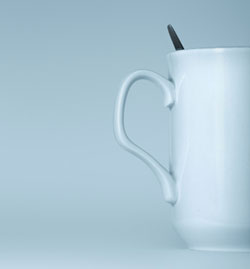Advanced science for improved ceramics
A ceramic glaze is a thin, shiny and transparent coating that covers clay products like pottery, porcelain or bricks. It is a vitreous substance, a glassy material that when baked seals the porous underlying clay and produces the familiar hard surface. Due mainly to its glassy amorphous state it is difficult to define critical points and consequently characterise ceramic glazes. Moreover as the glaze temperature rises and reaches the sealing temperature concurrent bubble formation most likely occurs. Enclosure of bubbles in the glaze significantly deteriorates its properties. The BUCOGLACER project with the aid of elaborate scientific methods has developed innovative processes to control bubble formation in glazes of ceramic products. Using gradient testing the sealing temperature can be specified. Complimentary to gradient testing, hot stage microscopy was employed for observation of the specimen with varied temperatures. Hot stage microscopy produces a state of the art image analysis of the glaze sample as a function of temperature. With the aid of image analysis techniques characteristic points in the melting behaviour of the glaze can be defined. These characteristics contribute to the calculation of glaze viscosity as a function of temperature from known formulae. Even though knowledge of viscosity and sealing temperature suffices to completely determine glaze behaviour, project partners also used the method of heating dish microscopy. It proved to be an effective and significant tool for assisting with the ultimate elimination of bubble development in the glaze. The method also provides the basis for the development of new measurement standards that could be incorporated in future European ceramic standardisation.



